SPL Lighting Fluorescent Tubes T5
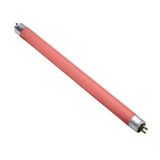

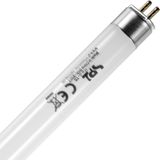
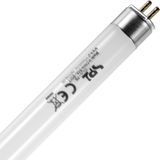


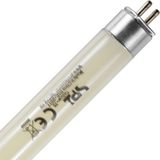



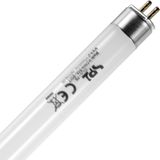

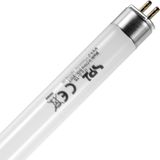


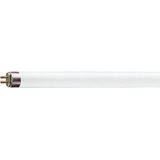
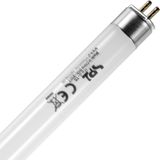
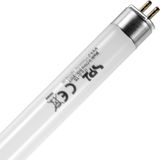

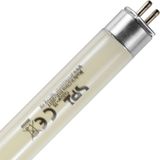

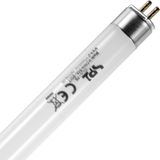
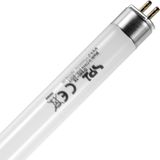

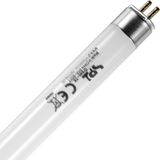

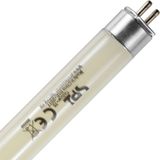

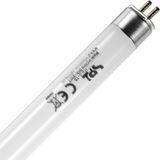
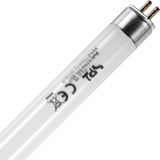
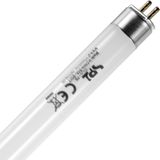
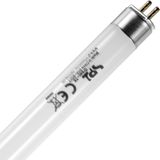
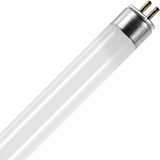



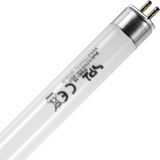
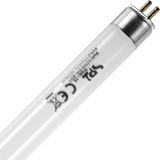
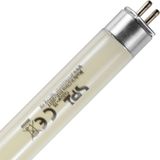
spl lighting fluorescent tubes t5 formats and outputs
T5 means 16 mm glass with G5 caps. Two series cover most jobs: HE (14/21/28/35 W at 549/849/1149/1449 mm) for lm/W efficiency, and HO (24/39/54/80 W at the same lengths) where higher cd/m² and throw matter. Common colour codes 830/840/865 (3000/4000/6500 K); CRI ≥80 as standard, CRI 90 available for colour-critical zones. Typical efficacy: HE ≈ 95–105 lm/W, HO ≈ 85–95 lm/W at 35 °C air around the lamp. Median life 20–30 kh on HF gear with programmed start; switching cycles and ambient temperature are the life deciders.
Ballasts, wiring, and control
T5 runs on electronic control gear only—no magnetic options. Use HF ballasts with programmed start to protect cathodes on sensor-driven areas. Dimming needs a compatible ballast (DALI/1–10 V); low-end to 3–5 % is realistic on premium units. Keep lampholders clean and torque correct; poor contact is the classic blackening cause. Emergency: maintained inverters deliver 10–20 % of nominal flux—space luminaire rows accordingly.
Glass, phosphor, and optics
Triphosphor coats hold colour within ≤ 5 SDCM across batches; 840 is the everyday office choice, 830 warms hospitality, 865 keeps inspection crisp. The 16 mm envelope runs best near 35 °C—sealed channels in hot ceilings should be ventilated. Use opal or micro-prismatic optics in grid ceilings for UGR discipline; spec high-transmission films so you don’t waste lm/W.
Maintenance and compliance
Lamps are RoHS-conforming but contain mercury—collect and recycle per local rules. Safety and performance follow IEC/EN 60081/61195; luminaires hosting them follow EN/IEC 60598-1. Photobiological risk is RG0. End-of-life options on ballasts cut cycling and nuisance restarts.
spl lighting linear fluorescent lights performance notes
Plan for lumen depreciation: size new rows at ~0.8–0.85 MF so maintained lux stays on target. HE is the efficiency pick in corridors and open plan; HO wins in high-ceiling aisles and when you need longer throws. If sensors are aggressive, keep warm-up allowances in the control narrative—cold T5s output less until they reach temperature.
Applications and quick series map
- Open offices/classrooms: HE 28 W 4000 K with micro-prismatic optics for 300–500 lx and UGR ≤ 19.
- Retail back-of-house: HE 21/28 W 4000 K in simple battens; fast relamping, low running cost.
- High bays/aisles: HO 54/80 W 4000–6500 K in deep channels or reflectors for verticals.
- Healthcare/admin: 4000 K CRI 90 where skin or materials must read cleanly.
Procurement checks that prevent re-picks
Length and wattage must match (T5 ties length to power). Specify cap type (G5), colour code, CRI class, ballast interface (fixed/DALI/1–10 V), and any EM pack. Ask for batch SDCM data when jobs phase over months. Stock end-caps, lampholders, and starters only for EM kits (no glow starters on T5).
Retrofit guidance and coexistence with LED
Where LED timing isn’t this year, T5 still lands predictable photometry with known glare limits. If LED is staged, keep channel bodies and re-gear later—publish gear-tray drawings now so the swap is bolt-in. When comparing with LED, evaluate maintained lux at 36 months, not new-lamp lm—T5 with proper cleaning and MF planning will still meet targets.
spl lighting office lighting tubes layouts and comfort
Stick to symmetrical rows over desks, then tune with spacing/height, not over-bright lamps. For camera rooms, avoid low-frequency ballasts; specify high-frequency HF and dimming ballasts that keep modulation invisible. In boardrooms, 3000–3500 K reduces visual fatigue without tanking contrast.
Lamp handling and life drivers
Don’t touch phosphor lines with bare hands; oils raise wall temp and shift life. In dusty ceilings, plan a wipe cycle—the biggest gains in maintained lux come from clean optics, not over-lamp selection. Where switching is heavy, programmed start extends electrode life versus instant start.
spl lighting fluorescent tube fixtures integration and retrofit
Battens, louvred channels, and recessed grid bodies share 549/849/1149/1449 mm gear-tray patterns; through-wire kits keep circuits tidy. For damp zones, select IP44/IP54 fronts and gasketed trays. If drawings mix lamp and LED strips in one area, lock a single CCT/CRI policy so colour doesn’t jump across planes.